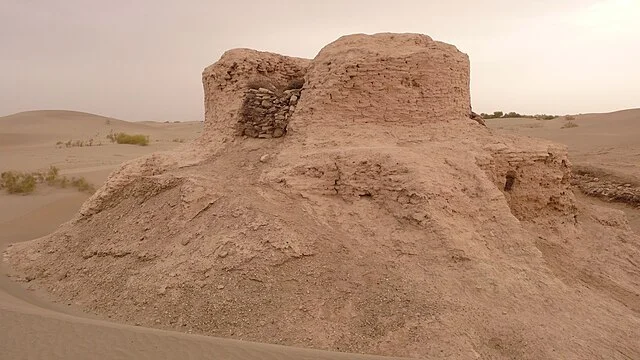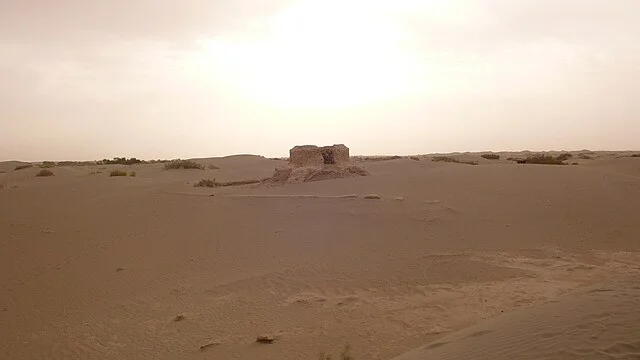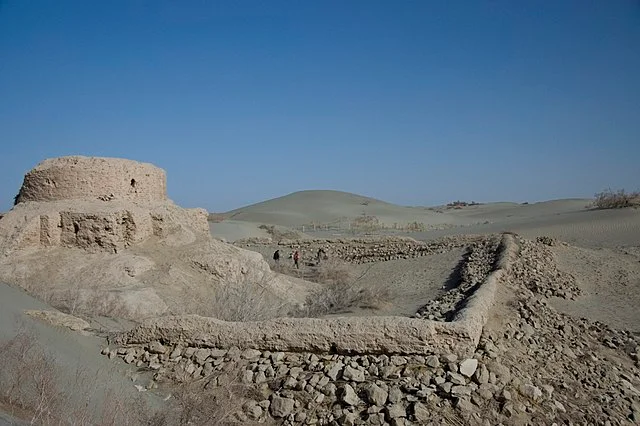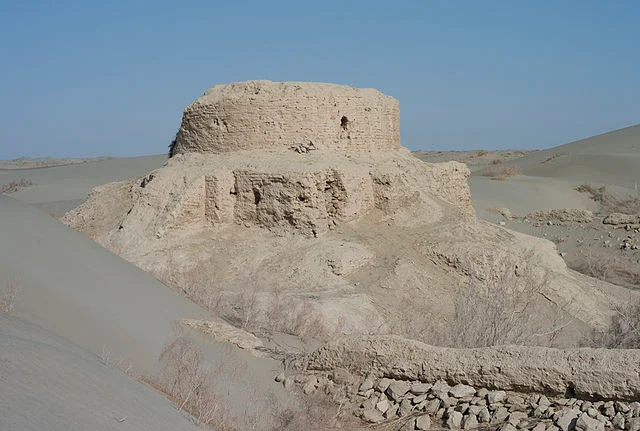The Rawak Stupa is a significant Buddhist monument located in Pakistan’s northern region. It stands as a testament to the region’s rich historical and cultural heritage. This stupa is part of the broader tradition of stupa architecture, which plays a vital role in Buddhist practice and symbolism.
Get your dose of History via Email
Historical Context

The Rawak Stupa dates back to the 2nd century AD. It is located in the Swat Valley, a region known for its deep connections to Buddhism. The stupa reflects the influence of the Gandhara art style, which combined Hellenistic and Indian elements. This art style flourished during the reign of the Kushan Empire, a time when Buddhism expanded throughout Central Asia.
Architectural Features

The Rawak Stupa exhibits traditional stupa design elements. It consists of a circular base, a dome-shaped structure, and a square platform. The stupa’s height is approximately 15 meters. Surrounding the main structure, a series of smaller stupas and monastic cells can be found.
The stupa features intricate carvings and sculptures. These artworks depict scenes from the life of the Buddha and various Bodhisattvas. The design reflects both religious significance and artistic creativity, showcasing the craftsmanship of the era.
Archaeological Significance

Archaeologists consider Rawak Stupa a vital site for understanding Buddhist practices in the region. Excavations have uncovered numerous artifacts, including pottery, coins, and inscriptions. These findings provide insights into the daily lives of the people who worshipped at the stupa.
The site also holds historical importance for studying the spread of Buddhism. Scholars have linked the Rawak Stupa to trade routes that facilitated cultural exchange between India, Central Asia, and beyond. The stupa served not only as a religious center but also as a gathering place for pilgrims and traders.
Current Status

Today, Rawak Stupa is a protected archaeological site. Local and international organizations work to preserve its structure and promote its historical significance. Researchers continue to study the stupa, uncovering more about its past and role in the region’s cultural landscape.
In summary, the Rawak Stupa stands as an important symbol of Buddhist architecture and history. Its construction in the 2nd century AD marks a significant period in the spread of Buddhism in South Asia. The stupa’s architectural features, coupled with its archaeological significance, make it a vital subject of study for historians and archaeologists.
Source:

